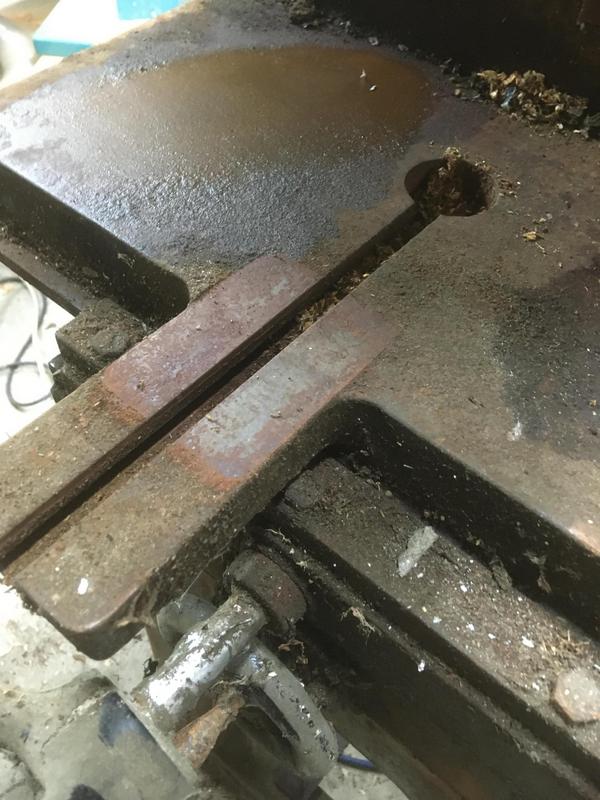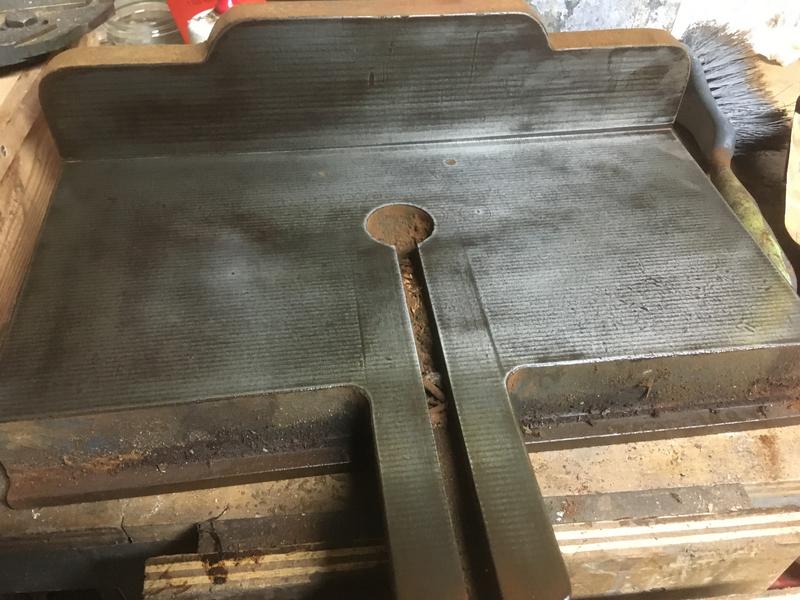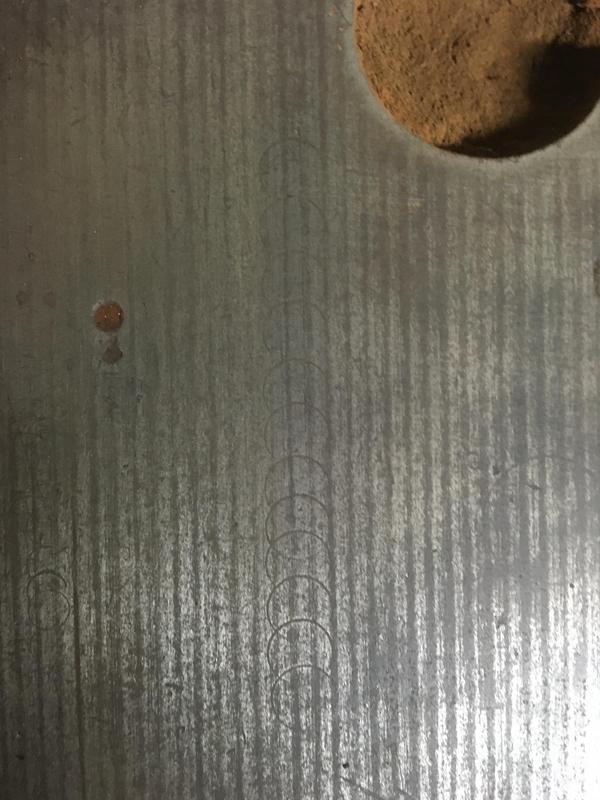guineafowl21
Established Member
“Given as my motor only shows a rating for 380/420v is their anything else I need to be considering?”
Your motor is wired in permanent star, and requires 3ph 400V. If you want to keep it, your options are:
1. Run it on a step-up inverter (try Drives Direct). These are expensive.
2. Run it on a standard inverter (3ph 230V) at 29Hz. It will run at 2/3 speed. You can alter the pulleys to correct the blade speed.
3. Get a motor shop to dig out the star point and allow delta conversion, then run on a standard inverter at normal speed.
If you can, I would go for (3). If you’re reasonably electrically competent, as Fitzroy has mentioned, you can do it yourself.
If you’re not set on keeping the motor, change it for a single phase one, or (a better option, I think) change it for a new three phase one. A three phase motor will be cheaper and better, and running that on an inverter/VFD will retain the ability to run on 1ph or 3ph, and give you overload, NVR, soft start, reverse, speed control and even braking, depending on the unit.
Your motor is wired in permanent star, and requires 3ph 400V. If you want to keep it, your options are:
1. Run it on a step-up inverter (try Drives Direct). These are expensive.
2. Run it on a standard inverter (3ph 230V) at 29Hz. It will run at 2/3 speed. You can alter the pulleys to correct the blade speed.
3. Get a motor shop to dig out the star point and allow delta conversion, then run on a standard inverter at normal speed.
If you can, I would go for (3). If you’re reasonably electrically competent, as Fitzroy has mentioned, you can do it yourself.
If you’re not set on keeping the motor, change it for a single phase one, or (a better option, I think) change it for a new three phase one. A three phase motor will be cheaper and better, and running that on an inverter/VFD will retain the ability to run on 1ph or 3ph, and give you overload, NVR, soft start, reverse, speed control and even braking, depending on the unit.


















































































